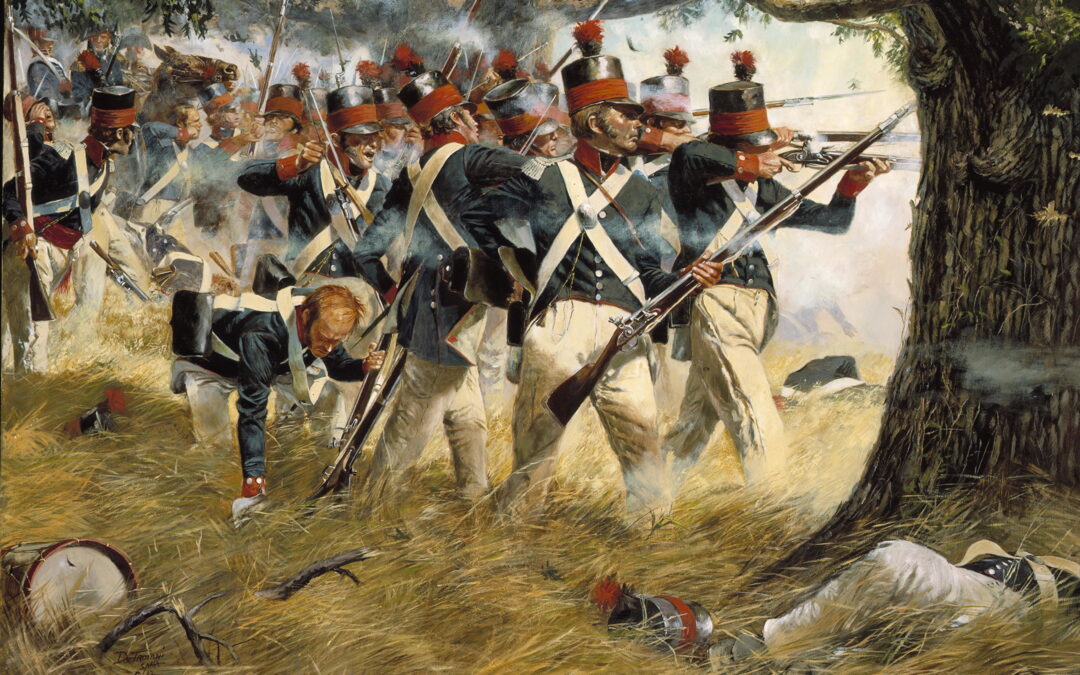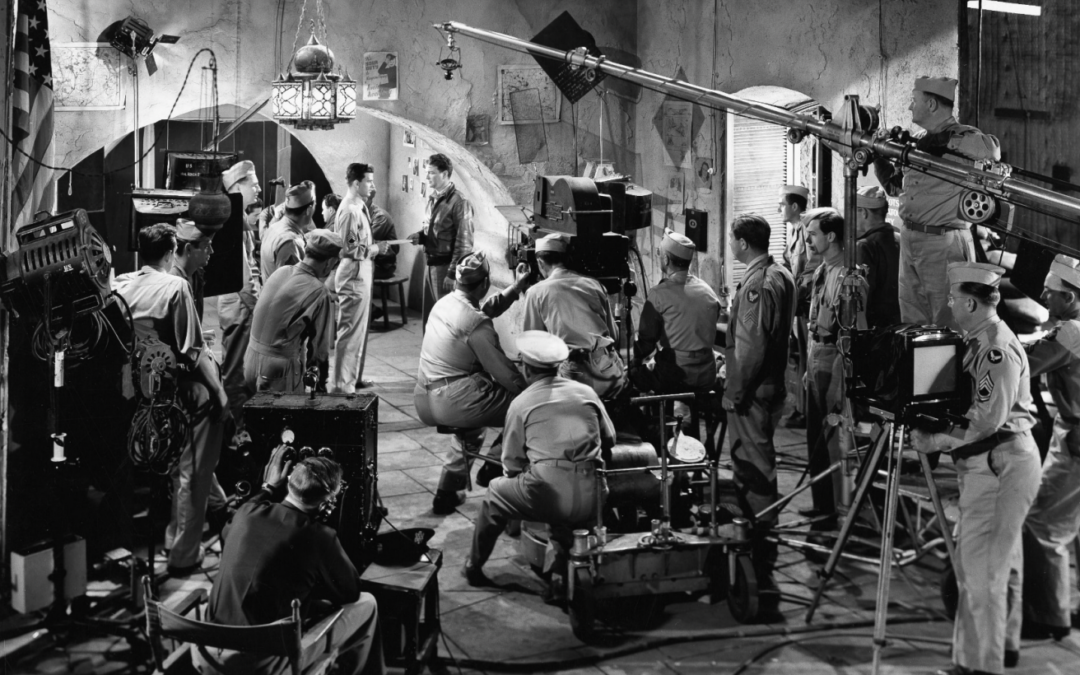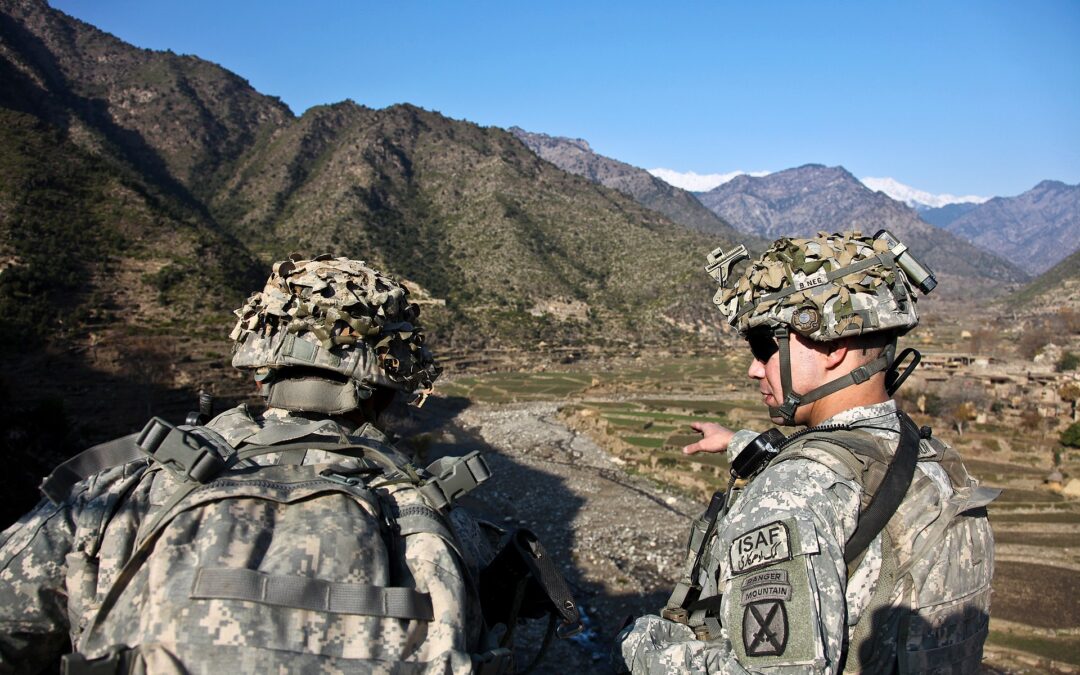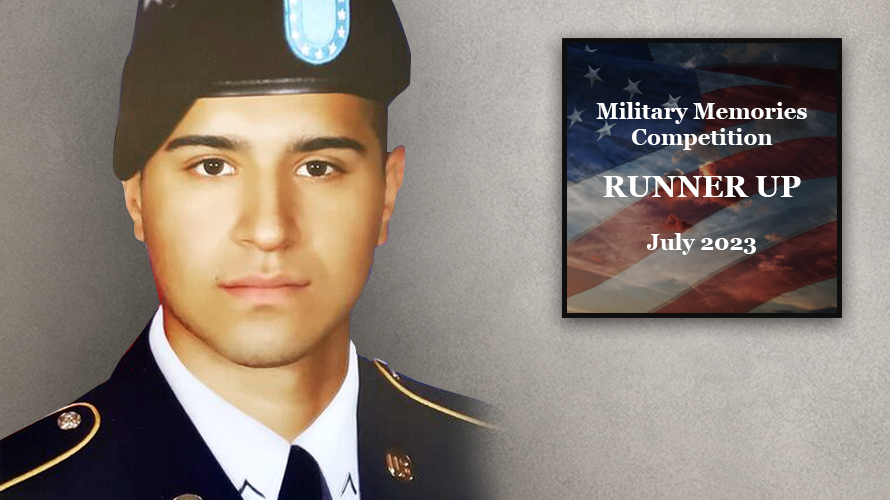"Most Holy Spirit, who didst broodUpon the chaos, wild and rude,And bid its angry tumult cease,And give, for fierce confusion, peace;Oh, hear us when we cry to TheeFor those in peril on the sea…." William Whiting (1825-1878) The circumstances of a warship's lineage and history, including its end of days, sometimes assume both heroic and dramatically calamitous features. Between 1943 and 1946, fifty-eight US Navy Destroyers of the Sumner class were built in eleven shipyards. Although somewhat slower owing to greater displacement, Sumner vessels were distinguished from their predecessor classes primarily by having a slightly wider beam, adoption of twin rudders, and an enormous firepower that could be directed forward. A great many served in the Pacific, and the USS Frank E. Evans was among them. Eventually, their numbers simply became obsolete; some were lost in battle or damaged beyond repair. Today, only one of the Sumners survives; at Patriot's Point Naval and...











